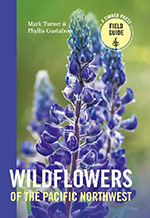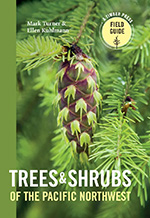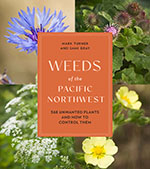Lectures & Classes
Slide Shows, Speaking Engagements and Workshops
See Mark's photography on a big screen and hear commentary about it, creating Wildflowers of the Pacific Northwest, and field photography techniques at these events. Several programs are available. E-mail Mark to schedule a program for your group. Other programs can be prepared and presented upon request.
Mark's programs are also listed on Great Garden Speakers.
Schedule of Programs
No programs scheduled at this time - please check back again!
Program Topics and Descriptions
Wildflowers to See Within a Day's Drive of Portland
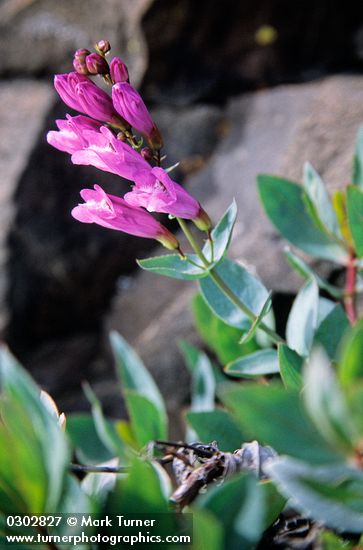
Portland, Oregon is conveniently situated for many day trips to spectacular locations to view Northwest wildflowers. From Mt. St. Helens and Mt. Adams on the north, Mt. Pisgah Arboretum near Eugene on the south, the Oregon coast on the west, and the Columbia Gorge on the east you could spend almost every day seeking and enjoying the flowers without running out of places to go.
In this program you'll be introduced to some of the flowers you can expect to find in these conveniently-located areas. You'll see both common species and a few rare and endemic plants that can be found nowhere else.
Wildflowers of the Pacific Northwest National Parks
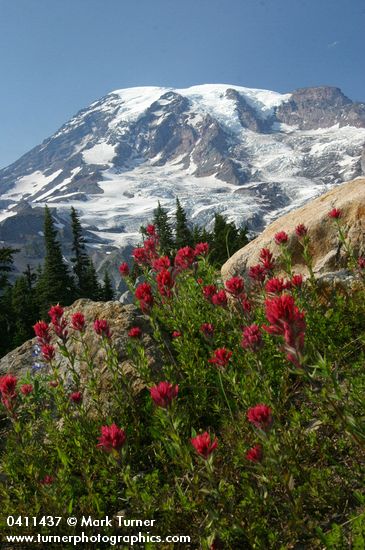
Olympic, Mount Rainier, North Cascades, and Crater Lake National Parks are popular destinations for many visitors. Each supports a diverse array of wildflowers spanning many different habitats. The flowers found in the parks are representative of those that grow in similar habitats in other parts of the northwest.
In this illustrated program photographer Mark Turner will share 101 of his favorite flowers from the parks. Some of the flowers are common and frequently seen and others are unusual, rare, or endemic to very localized habitats.
Rare and Endemic Plants of the Northwest
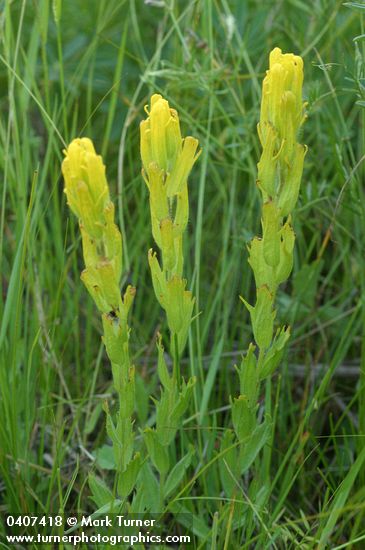
Several areas in the Pacific Northwest, including the Olympic Mountains, Steens Mountain, the Klamath/Siskiyou Mountains, and the Columbia Plateau are home to plants found nowhere else. Other plants are rare and not often seen.
In this program, organized geographically, you'll get to see a selection of about 100 of these rare beauties, including Epilobium siskiyouense (Siskiyou willowherb) and other plants that didn't make it into Wildflowers of the Pacific Northwest because there wasn't room. Other rare flowers in this show did make the book, including Castilleja levisecta (golden paintbrush), Cephalanthera austiniae (phantom orchid), Darlingtonia californica (California pitcher plant), and Lilium bolanderi (Bolander's lily).
A shortened version of this program with about 50 slides that fits a 25-minute time slot is also available.
Wildflowers of the Columbia Plateau
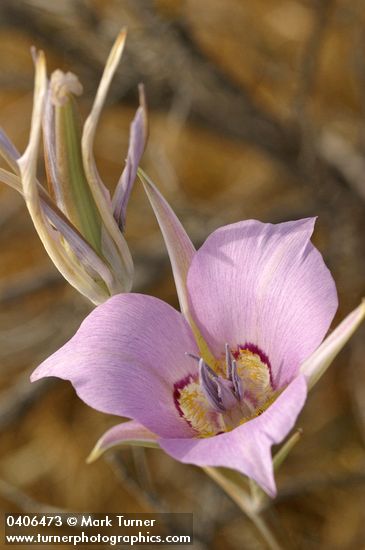
The Columbia Plateau is a vast and relatively flat ecoregion that dominates central and eastern Washington and extends into northern Oregon and the Okanagan Highland in British Columbia. It is the result of millennia of lava flows which produced the nearly two-mile thick layer of basalt that underlays it. The driest part of the northwest, the Columbia Plateau receives as little as eight inches of precipitation annually. Vegetation is predominately sagebrush and bunchgrasses, highlighted most years by immense displays of wildflowers in the spring.
The flowers that grow and bloom in this arid region take advantage of the meager winter rains, bloom early in the spring, and then generally go dormant during the hot, dry summer. Look for them in bloom in April and May.
This is a 23-minute program, set to music.
Wildflowers of the Siskiyous and Surrounding Area
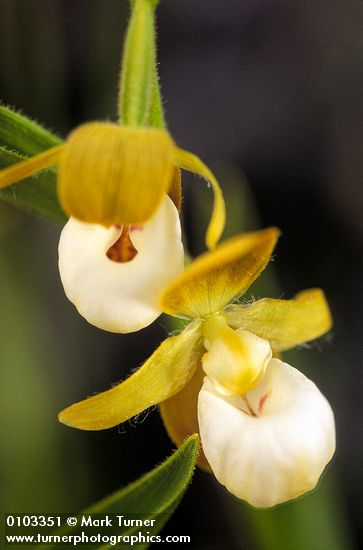
The Klamath/Siskiyou range spanning the Oregon - California border has a high number of rare and endemic plants as a result of the extensive serpentine rock and resulting soils, as well as habitat and elevation diversity. Wetland plants like Darlingtonia californica (California pitcher plant) and Cypripedium californicum (California lady's-slipper) are found here. On drier sites you might find Epilobium siskiyouense (Siskiyou willowherb), Fritillaria gentneri (Gentner's fritillary), or Silene hookeri (Hooker's Indian-pink). There are also many more common species found within the Siskiyous. In this program you'll see 105 plants, including both rare and common species.
Wildflowers of the North Cascades
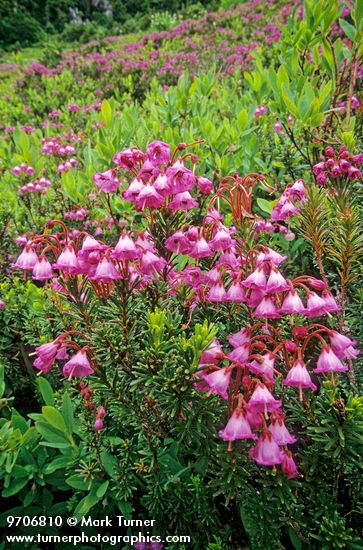
The North Cascades, a wild and rugged region in northern Washington, is home to hundreds of species of wildflowers. Some live in the moist forests on the western slopes while others survive tough conditions and a very short growing season high in the alpine zone. Still others live on the drier eastern slopes of the mountains.
In this program you'll enjoy photographs of about 100 of the showiest and most interesting plants found in the North Cascades, both in and outside the North Cascades National Park.
Not Weeds — Northwest Roadside Wildflowers
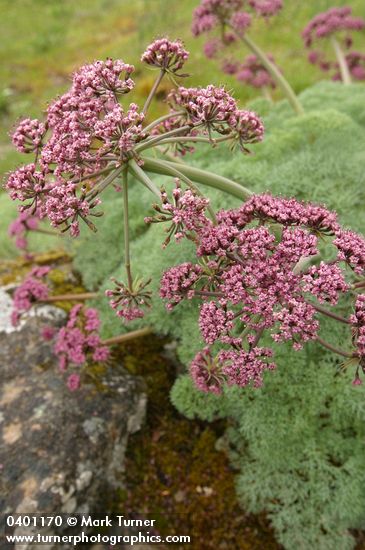
Northwest roadsides can spring to life with showy wildflowers during the spring and summer. While we have a number of invasive weeds, many of our native species also put on quite a show, including a few that are rare or endemic like the uniquely-colored Lomatium columbianum (Columbia desert parsley) found along Hwy 14 in the Columbia Gorge. Some flowers are prominent enough to recognize at 65 mph on the freeway. Others will be found only when meandering slowly along a Forest Service byway.
In this 30-45 minute program you'll be introduced to about 60 plants that are easily recognized from behind your windshield.
Rock Gardens of the Pacific Northwest
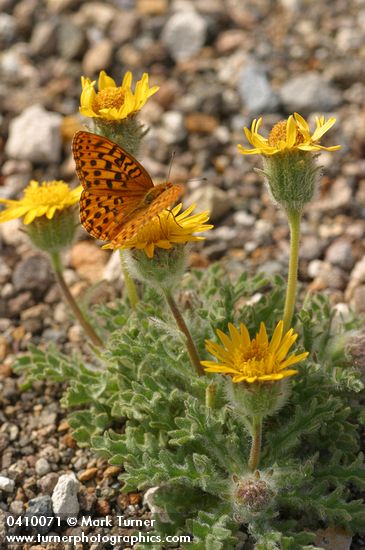
Some rock gardeners strive to recreate portions of alpine plant environments in miniature. Others are dedicated plant collectors, growing rare and unusual beauties in their backyards. In either case, it takes special dedication and knowledge about the plants and their habitats to be successful. It helps to have an environment that is relatively friendly to bringing plants to new homes and many places in the Pacific Northwest are suitable — with a little work.
In this illustrated program photographer Mark Turner will share some of the Northwest rock gardens he has visited. He'll also contrast these garden environments and plants with some of the natural rock gardens found in the region — alpine environments, lithosols from the Columbia Plateau, and basalt cliffs in the Columbia Gorge.
Wildflower Field Photography: Combining Art & Science
The Pacific Northwest is home to thousands of species of plants in a broad palette of colors, shapes, sizes, and textures. Join photographer Mark Turner for a weekend learning and practicing techniques for photographing wildflowers in their natural environment. Our field sessions will be in locations with a wide range of subject matter for artful details, plant portraits full of both beauty and information, and visual explorations of the interrelationships of several species in their habitats. The emphasis will be on discovering new ways to see the flowers, techniques for creative composition, separating subjects from distracting backgrounds, and controlling natural light.
Other topics will include ethical field practices and understanding technical descriptions to help create scientifically relevant images. Slide shows will introduce techniques, and then we'll then go into the field to put them into practice. In the evening a group critique of the day's work will provide rapid feedback. Participants should be familiar with operating their camera and bring an assortment of lenses from wide angle to macro to telephoto. A tripod is essential. Either digital or film cameras are welcome, but digital SLRs are preferred to facilitate the evening critique Saturday.
This program is also available as the introductory slide show and lecture only or a one-day field workshop only. The field workshop is limited to 12 participants. Some groups have scheduled the intro slide show for the general public, followed by the field session for a smaller number of participants.
Photographing Your Garden Through New Eyes
Gardeners use a palette of plants and hardscape elements to create works of art for their enjoyment or to share with friends, neighbors, or the public. In the process we develop a mental picture of what our gardens look like and sometimes miss other ways of seeing.
In this program Mark shares his insights into garden photography, inspiring gardeners and garden lovers alike to see their gardens in new ways as they learn basic photographic techniques. Using examples from his extensive garden stock photo library, he will show the effects of different qualities of light, composition tools, perspective, point of view, juxtaposition, and seasonal change.
This program can be followed by a field workshop for up to 12 participants in a garden setting with an optional evening critique.

